12 Ways to Motivate Middle School Students to Read
This post may contain affiliate links.
A teacher recently wrote to me asking how to motivate her middle school students to read more. It’s such a relevant question for parents and teachers everywhere. In a time when technology is more alluring than ever and test scores are driving instruction, here are some ways to get our middle-grade students excited about reading– either again or for the first time.
And before I launch into the ideas, don’t forget that kids need access to lots of good books. When my daughters’ middle school closed their school library in favor of a STEAM lab, I wanted to cry. Our job is to make it easy for kids to find books — not harder. Easy access in my eyes means a school library and classrooms filled with books; books that appeal to tweens and teens.
Interestingly, recent research shows that even for teens, having books in the home makes a big impact on their literacy, numeracy, and technology skills. So, encourage visiting book fairs, going to the library or bookstore, and using Overdrive or Libby to check out electronic books. More books equals more reading –at least most of the time.
12 Ways to Motivate Middle School Students to Read
1. Be a Reading Role Model
You probably already do this but if you don’t, model your own reading life out loud. Talk about what you’re currently reading. Show your middle school students your to-be-read list. I’d even suggest sharing how you use Goodreads or a journal to keep track of what you want to read and what you’ve already read. Kids remember these examples! If your students are finding it hard to know what to read, model for them how you read book reviews and where you find them.
And if a student recommends a book to you, add it to the top of your list. What better compliment is that than to respect a child’s book recommendation?!
2. Donalyn Miller’s 40 Book Genre Challenge
Challenge your middle school students to read 40 books across different genres throughout one school year. To be clear, this is not a competition but a reading goal to motivate readers. Miller writes, “The 40 Book Challenge is a personal challenge for each student, not a contest or competition between students or classes.“
Challenge your middle school students to read 40 books across different genres throughout one school year. To be clear, this is not a competition but a reading goal to motivate readers. Miller writes, “The 40 Book Challenge is a personal challenge for each student, not a contest or competition between students or classes.“
Inspired by Donalyn Miller’s 40 Book Challenge, Ripp starts her students with a 25 book goal. “As the year goes on, we therefore adjust our goal, some continue to focus on the quantity while others change their focus either to different genres, harder vocabulary or even formats that they have not dabbled in before. While some kids continue to focus on quantity, and for them, we do the following breakdown for how books count, for others the challenge morphs into figuring out how they can push themselves as readers beyond a quantity standpoint.”
4. Battle of the Books
Battle of the Books is a reading incentive program for 3rd to 12th graders that gets kids reading books from a book list with a competition at the end. Would this motivate any students you know?
5. Global Read Aloud
Created by Pernille Ripp, the Global Read Aloud‘s goal is to connect the world through stories. Teachers around the world read aloud the same (chapter) book. Classrooms can connect online with each other to build community and go deeper into the book. Read aloud the book. Connect with other classrooms around the world who have also read the book. It’s inspiring and motivating to know that other people in the world are reading the same words as you. It’s even more powerful to find that based on their community and culture, they might interpret it differently than you did. (Look at Skype in the Classroom for connections worldwide.)
Created by Pernille Ripp, the Global Read Aloud‘s goal is to connect the world through stories. Teachers around the world read aloud the same (chapter) book. Classrooms can connect online with each other to build community and go deeper into the book. Read aloud the book. Connect with other classrooms around the world who have also read the book. It’s inspiring and motivating to know that other people in the world are reading the same words as you. It’s even more powerful to find that based on their community and culture, they might interpret it differently than you did. (Look at Skype in the Classroom for connections worldwide.)
6. Book Tastings
Get middle schoolers jazzed about new books with book tastings, a restaurant type setting with books instead of food. Start by organizing your tables by genre. Books sit on the plates with a menu on the top for notes. Students read (taste) the book at their place setting for a few minutes. Then, they make notes on the menu with the information about the book. For example, the name of the book, author, rating from 1 – 10, and if they want to keep reading it. Then they rotate to a new place setting. Some teachers let students keep their new yummy book and replace it with another book. Other teachers don’t let the kids keep the books until the end. You can find a musical book tasting idea here and a restaurant book tasting here.
Get middle schoolers jazzed about new books with book tastings, a restaurant type setting with books instead of food. Start by organizing your tables by genre. Books sit on the plates with a menu on the top for notes. Students read (taste) the book at their place setting for a few minutes. Then, they make notes on the menu with the information about the book. For example, the name of the book, author, rating from 1 – 10, and if they want to keep reading it. Then they rotate to a new place setting. Some teachers let students keep their new yummy book and replace it with another book. Other teachers don’t let the kids keep the books until the end. You can find a musical book tasting idea here and a restaurant book tasting here.
7. Book Clubs
Book clubs in my experience can be fun and motivating for middle school students — especially if it’s with a friend group or a group with common interests. Because middle schoolers are prioritizing the social aspects of life, book clubs can be particularly enticing. Book choice is also essential. How do you let kids self-select? Have kids vote on a book or have students take turns picking the book. Find more ideas for setting up your book clubs here and here.
Book clubs in my experience can be fun and motivating for middle school students — especially if it’s with a friend group or a group with common interests. Because middle schoolers are prioritizing the social aspects of life, book clubs can be particularly enticing. Book choice is also essential. How do you let kids self-select? Have kids vote on a book or have students take turns picking the book. Find more ideas for setting up your book clubs here and here.
8. One School, One Book
I don’t know this One School, One Book program very well and quite frankly, the website isn’t super helpful. However, it’s supposed to be a way for schools to share in reading one book. My big concerns with this program are first that one book doesn’t seem realistic across so many grade levels both for reading level and for the maturity of content and second, assigning a book takes away children’s ability to self-select. What do you know about this program? Would you participate?
I don’t know this One School, One Book program very well and quite frankly, the website isn’t super helpful. However, it’s supposed to be a way for schools to share in reading one book. My big concerns with this program are first that one book doesn’t seem realistic across so many grade levels both for reading level and for the maturity of content and second, assigning a book takes away children’s ability to self-select. What do you know about this program? Would you participate?
9. Author Visits
Teachers can invite favorite authors to visit their school. It’s often very motivating for students to hear from an author in person. Most publishers’ websites have information on how to contact authors and illustrators. Here are a few to get you started: Scholastic, Harper Collins, Penguin, Source Books, Houghton Mifflin Harcourt, & Simon and Schuster. In addition, author Kate Messner has an extensive list of authors who will Skype for free with schools and book clubs.
Teachers can invite favorite authors to visit their school. It’s often very motivating for students to hear from an author in person. Most publishers’ websites have information on how to contact authors and illustrators. Here are a few to get you started: Scholastic, Harper Collins, Penguin, Source Books, Houghton Mifflin Harcourt, & Simon and Schuster. In addition, author Kate Messner has an extensive list of authors who will Skype for free with schools and book clubs.
10. Book Swaps
This hasn’t been a big hit for my own kids but it might motivate others who aren’t living with a teacher turned book blogger mom. A book swap can be done in many ways but essentially it’s where every student brings 1- 3 (favorite) books to trade with another student. If you have a small group, I recommend that kids do a quick book talk on one of the books they brought. The tricky part of a book swap is how to make it work fairly — some books will be more popular than others and who gets to pick first? Take turns in random order for who picks a first choice book, then a second choice book, and so on. Alternatively, small groups like my daughter’s book club choose to wrap the books for a white elephant type of exchange. However you do this, the idea is to get kids new books without having to spend any money.
11. Social Media
Not everyone has social media accounts — my 13-year-old doesn’t yet — so this may not be possible in every situation. But, if you discover that your kids, students, book club, or community do have accounts on social media like Instagram, you can set an IG (or Twitter) hashtag for them to use in order to share what they’re reading. Make the hashtag something unique to your school or community that can be easily followed. (Do you know you can follow hashtags?) The content doesn’t have to be fancy #bookstagram photos either. The purpose is to connect middle school readers in your community to share opinions about books.
Not everyone has social media accounts — my 13-year-old doesn’t yet — so this may not be possible in every situation. But, if you discover that your kids, students, book club, or community do have accounts on social media like Instagram, you can set an IG (or Twitter) hashtag for them to use in order to share what they’re reading. Make the hashtag something unique to your school or community that can be easily followed. (Do you know you can follow hashtags?) The content doesn’t have to be fancy #bookstagram photos either. The purpose is to connect middle school readers in your community to share opinions about books.
12. The Right Books
Sometimes it’s as easy as matching your middle school reader to the right book — a motivating story and maybe a bit easier to read. Find a list of the best recommendations for your reluctant readers.
What are other ways you like to motivate your middle schoolers to read?
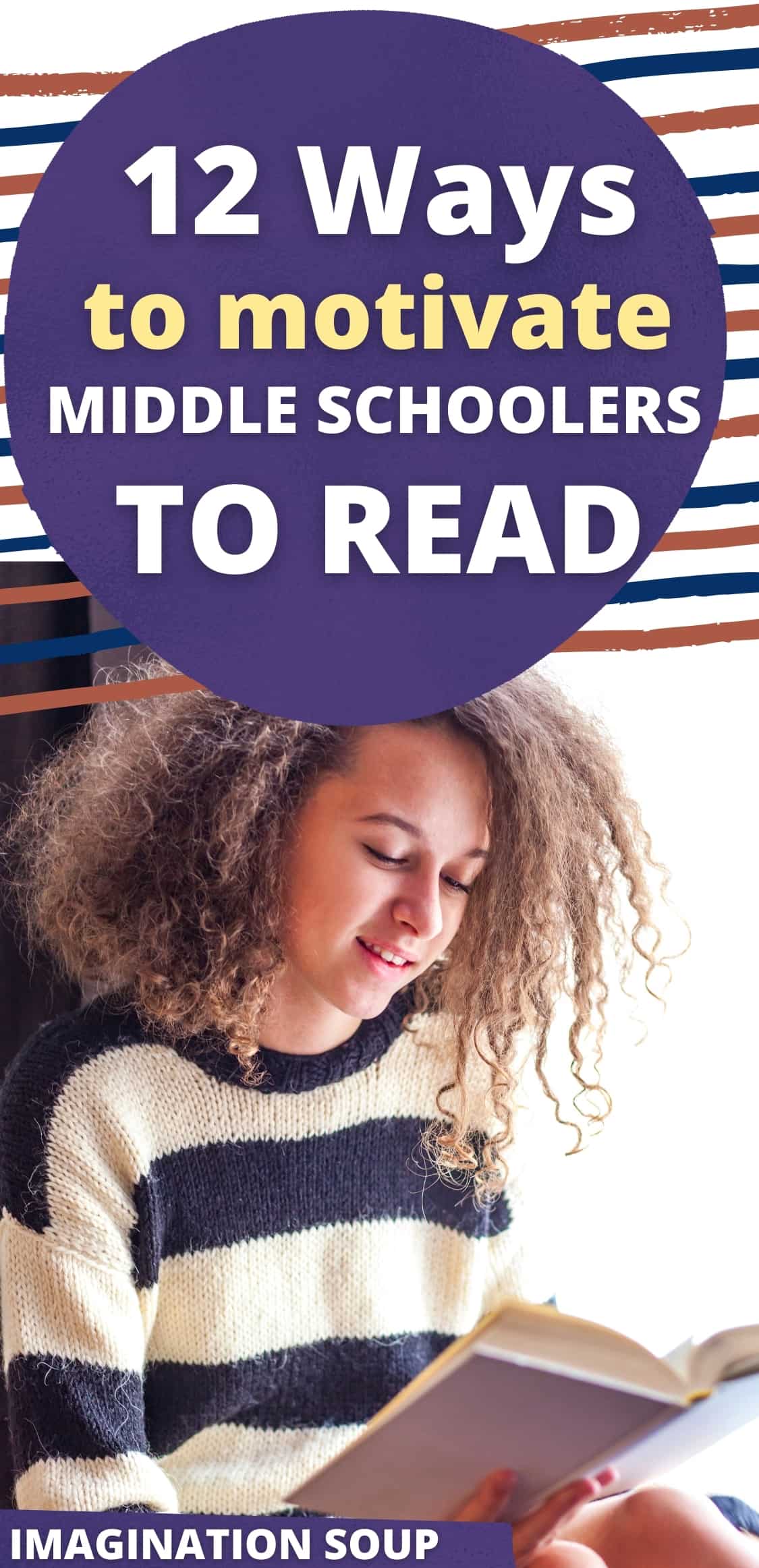
You Might Also Like:

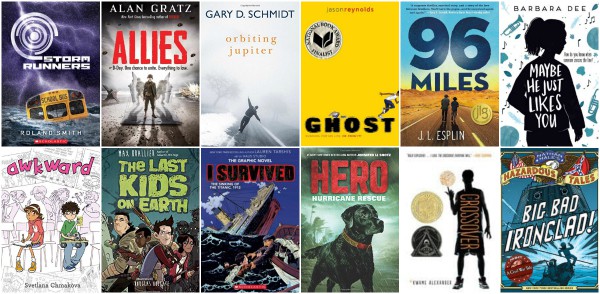



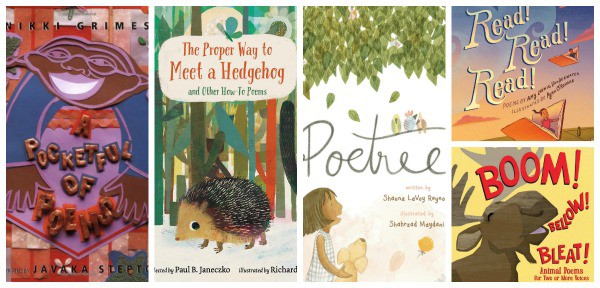

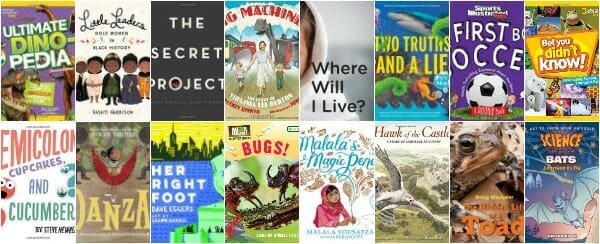
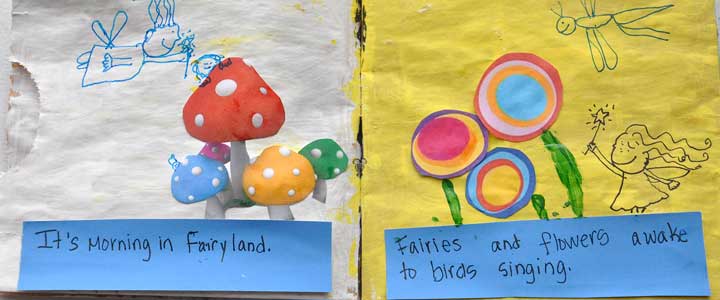
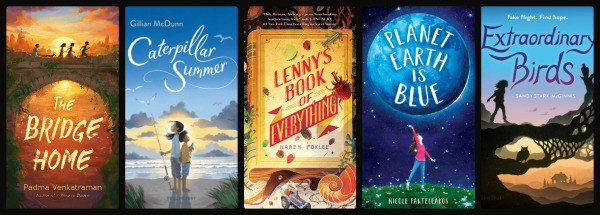

I also loved the harry potter books and other fantasies and I read the harry potter books in 1st grade and i loved them now i am into mythology so i am reading Rick Riodan’s books and i just finished Percy Jackson and in a little bit i will start the Hero’s of olympus.
Though a little older than middle-schooler, my 17-year-old son has been a reluctant reader for years–right around when he got his first phone at age 14. The phone immediately replaced reading time, and it was really hard for me to see this happen in my kiddo who had completely devoured books previously. (And we even have a phone curfew of 8:30 p.m., and content filters on the phone.) But there was no more pulling a book out of a backpack on the bus, or filling boring time before dinner with a book.
Last spring at the start of the pandemic I started reading aloud the first Harry Potter book to all of my kids (a series he’d read on his own when he was about 9) and I found that when I’d get the book out that he didn’t disappear to the shower or head to bed, but he seemed to have a nostalgia for the books and was really engaged in listening to the story even if he was pretending he wasn’t. I started working my reading times around his school and work schedule (without mentioning this to him of course) so that he wouldn’t miss anything good. And sure enough, he has been right there with us as we’re reading our way through the books now. Right now we’re on book #4 (and he also listened to the series Ivy Pocket when we read it as well.)
Several months ago I also started picking up comic books for him at the library–as in compilations and treasuries of regular newspaper comics that I would have read myself as a teen in the 90s. He won’t pick up a typical comic book or graphic novel but he will easily laugh through a book of Zits or Fox Trot. He also enjoyed Nathan Pyle’s Strange Planet books. He doesn’t read much other than comics, plus listening in on our chapter books, but all things considered he’s “read” more this year than in the past 3 years combined.
I’ve actually been thinking a lot about this lately (as he’s close to his high school graduation–about a month away!) and I think I can pinpoint one thing I do wish I’d done differently with reading with him, that I’m now doing with my younger kids. Sure, there’s the phone issue I mentioned, but sometimes that’s a losing battle with teens and pre-teens anyway. But I wish I’d gotten more “just for fun” books for him when he was an older middle schooler. He’d gone through Harry Potter and Five Kingdoms and other big fantasy and adventure books at that point and I think as he got older that some of those bigger books were just too much–too many pages? too much of a commitment?–when he had a lot of other things competing for his time.
With one of my younger sons, a middle schooler now, I get a variety of books to have around the house so there are plenty of choices of “bite sized” books around that aren’t “too much.” So for us that’s comics like Garfield and Zits, and graphic novels geared towards 2nd and 3rd graders, and history graphic novels about things he’s studying in school, and car magazines and joke books–anything that be digested in the 10 minutes before the bus arrives or while the lasagna cools. My 13-year-old usually has many books going at once–a couple of big chapter books, a comic book, a graphic novel, and some non-fiction. He doesn’t always finish books but that’s okay. I’m just happy that he’s reading for the joy of it!
[And a couple of other things I thought of while I was typing this:
–I like to pick up non-fiction books about my teens’ hobbies–those are always appealing, even if just to flip through. For my oldest that has been architecture and Legos, my 13-year-old son that is vehicles and wars and reptiles.
–My 15-year-old daughter is a BIG reader, and she likes to do the yearly reading challenge on Goodreads and sometimes she’ll add her review of a book. (Her goal is 150 books this year! It’s fun for her to keep track of her books that way and since we’re big library users it helps her to remember books she’s read.]
Thanks for all of your great posts and ideas!
Fantastic advice, Jennifer — I really love how thoughtful you’ve been with your kids in your efforts to keep them reading!
I would add homework and assigned reading to the challenges of high school. My girls both stopped reading for pleasure because of time and the abundance of boring assigned books. I really wish I could get HS English teachers to rethink some of / most of their required reading texts. In my opinion, kids can still analyze and interpret text in more relevant, highly interesting books by female and BiPOC authors — but my kids aren’t getting those kinds of innovative, forward-thinking teachers. It’s still primarily (only) the supposed canon of dead white guys. (End rant.)
Absolutely! I’d love to see the curriculum stretch beyond “the classics,” and present a wider world-view instead. If there are only so many books you can cover in middle school and high school as assigned reading, I don’t see any reason why half of those books shouldn’t be authored by females, and with a wide range of cultures represented. In fact, with all of your great curated lists I’d be curious to know what your ideal book list would be for assigned school reading for grades 6 through 12, though I’m sure that would be ever-changing with current events in mind.
Many thanks for these 11 GREAT Ideas to Motivate Middle School Students to Read! Each idea can go a long way to grab the attention of reluctant readers and enable them to engage in an enjoyable reading experience,
Sometimes the right tools can also make a big difference in enticing kids to read and learn with more success. For physical and digital aids that offer helpful support, your readers may be interested in taking a look at the Reading Focus Cards’ tools and apps. To learn more, please visit https://www.focusandread.com.
Thanks again for another excellent article to help many parents encourage kids to read and learn more effectively!
Thanks for sharing, Joan!